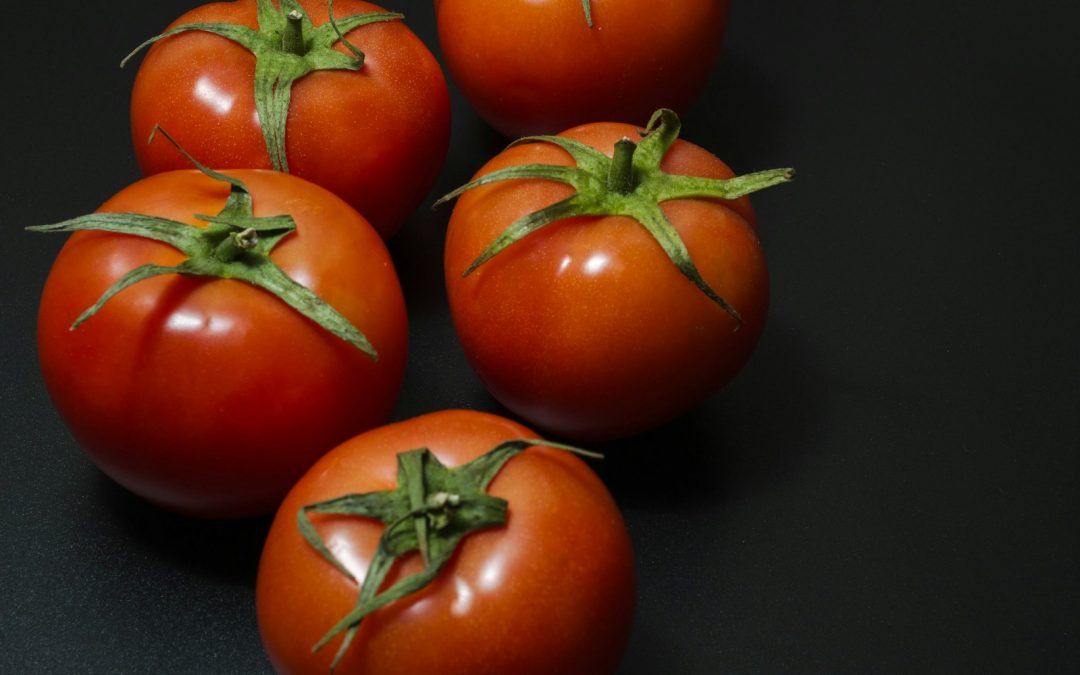Contents
- 1 How to Grow Indoor Tomatoes Without a Greenhouse (Beginner’s Guide)
- 2 Why Grow Tomatoes Indoors?
- 3 Best Tomato Varieties for Indoor Growing
- 4 Light Requirements
- 5 Soil and Containers
- 6 Watering and Feeding
- 7 Pollination Indoors
- 8 Pruning and Support
- 9 Common Problems with Indoor Tomatoes
- 10 Harvesting Indoor Tomatoes
- 11 FAQs About Growing Indoor Tomatoes
- 12 Final Thoughts on Growing Indoor Tomatoes
- 13 Related Articles
How to Grow Indoor Tomatoes Without a Greenhouse (Beginner’s Guide)
Tomatoes are one of the most rewarding crops to grow, but many people think they can only be grown outdoors or in a greenhouse. The truth is, you can successfully grow tomatoes indoors without a greenhouse—all you need is the right setup and care. This beginner-friendly guide will walk you through everything from choosing varieties to harvesting juicy, homegrown tomatoes right inside your home.
Why Grow Tomatoes Indoors?
Year-round harvests: Enjoy fresh tomatoes even in winter.
Control over growing conditions: Manage light, temperature, and water easily.
Space-saving: Perfect for apartments or homes without gardens.
Pest protection: Fewer outdoor pests compared to garden-grown tomatoes.
Best Tomato Varieties for Indoor Growing
Compact, dwarf, or determinate varieties work best indoors:
Tiny Tim – Small, compact, and ideal for containers.
Balcony Yellow – Sweet cherry tomatoes suited for small spaces.
Red Robin – Reliable dwarf variety producing tasty fruit.
Vilma – Perfect for windowsills and pots.
Light Requirements
Tomatoes need a lot of light to thrive:
Place plants near a south-facing window with 8–10 hours of sunlight daily.
If natural light is limited, use grow lights for at least 12–14 hours per day.
Try this full-spectrum LED grow light on Amazon UK to keep your tomato plants thriving indoors.
Soil and Containers
Use a large container at least 12 inches deep.
Choose a well-draining potting mix enriched with compost.
Add perlite or sand to improve drainage.
A self-watering container can help maintain consistent moisture levels.
Watering and Feeding
Keep soil consistently moist but not waterlogged.
Water deeply when the top inch of soil feels dry.
Fertilize every 2 weeks during the growing season with a tomato-specific fertilizer.
This tomato plant food is ideal for boosting indoor tomato yields.
Pollination Indoors
Unlike outdoor plants, indoor tomatoes may need help with pollination:
Gently shake the plants to mimic wind.
Use a small brush or cotton swab to transfer pollen between flowers.
A small oscillating fan can also help improve airflow and pollination.
Pruning and Support
Remove suckers (small shoots between main stem and branches) to encourage fruiting.
Provide support with stakes or a small trellis as plants grow.
Keep foliage trimmed for better airflow and disease prevention.
Common Problems with Indoor Tomatoes
Yellow leaves: Often caused by overwatering or nutrient deficiencies.
Leggy plants: Not enough light—add grow lights.
Blossom drop: Temperature fluctuations or lack of pollination.
Pests: Watch for aphids and spider mites; treat with neem oil.
Harvesting Indoor Tomatoes
Tomatoes are ready when fully colored and slightly soft to the touch.
Pick fruit regularly to encourage more production.
Allow fruit to ripen on the vine for best flavor.
FAQs About Growing Indoor Tomatoes
Q: Can I grow tomatoes indoors all year round?
A: Yes, with sufficient light and warmth, tomatoes can be grown year-round indoors.
Q: Do indoor tomatoes taste the same as outdoor ones?
A: Yes—if given proper care, indoor tomatoes can be just as flavorful.
Q: How long does it take to grow tomatoes indoors?
A: Most varieties produce fruit within 65–85 days after planting.
Final Thoughts on Growing Indoor Tomatoes
Growing tomatoes indoors without a greenhouse is not only possible but also rewarding. By choosing compact varieties, providing plenty of light, and ensuring proper watering and feeding, you can enjoy a steady supply of fresh tomatoes all year. With a little attention to pollination and pruning, your indoor tomato plants will thrive and reward you with delicious homegrown harvests.
Learn more about tomato growing from the RHS tomato growing guide.

